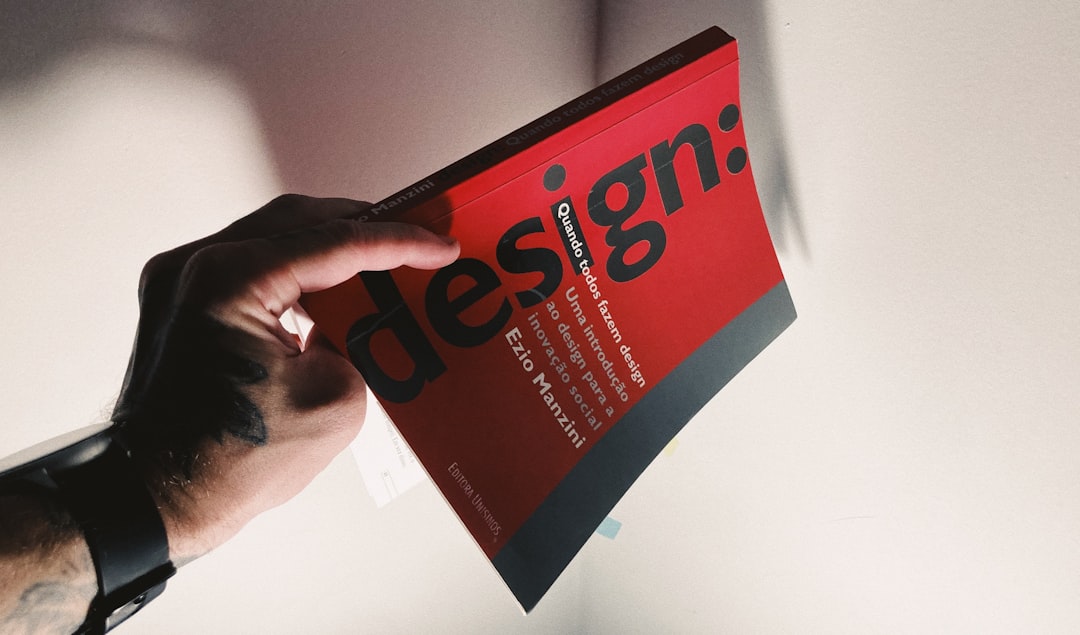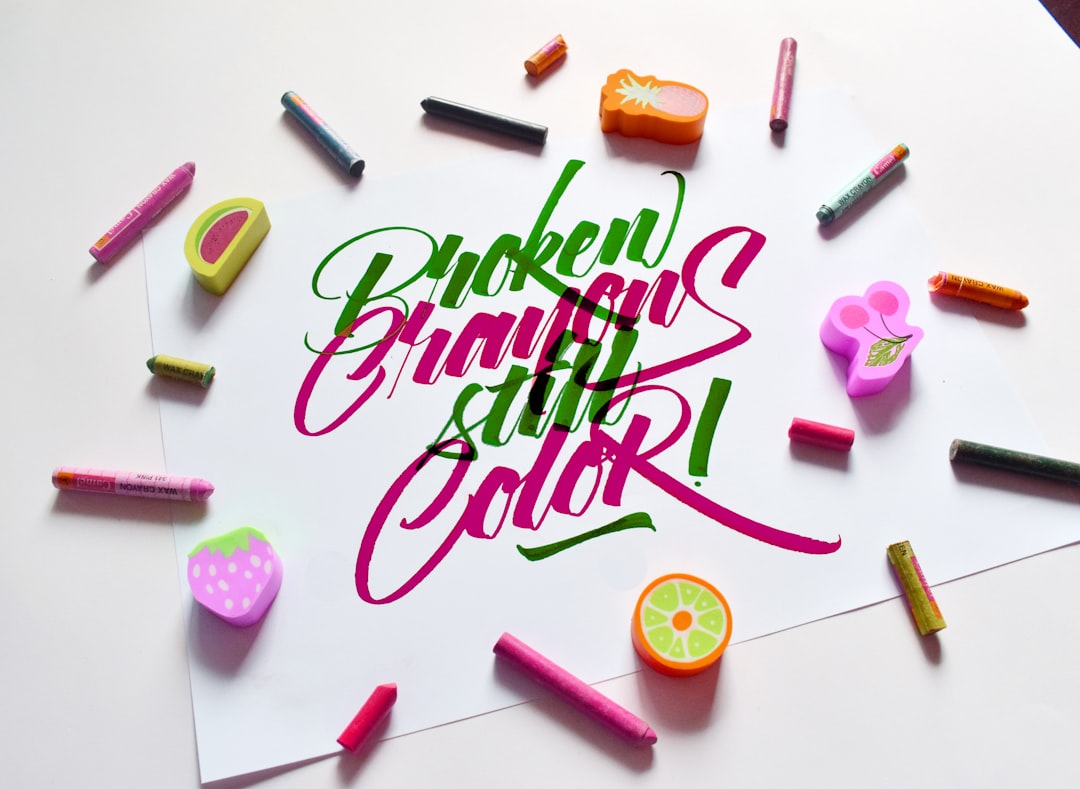In today’s competitive market, a memorable logo is one of the most critical elements of a successful brand identity. A well-crafted logo not only reflects your company’s values and vision, but it also creates a lasting impression on current and potential customers. Designing such a logo, however, requires careful planning, creativity, and a strong understanding of your brand’s purpose.
Understand Your Brand Identity
Before launching into the design process, it’s essential to have a deep understanding of your brand identity. Ask important questions such as:
- What does your business stand for?
- Who is your target audience?
- What are the core values of your company?
- How do you want to be perceived?
Your logo should encapsulate the essence of your brand and communicate its message visually and effectively. A brand that positions itself as modern and forward-thinking will require a different logo style than one that is more traditional or luxury-focused.
Prioritize Simplicity and Versatility
A memorable logo is typically simple and easy to recognize. Overly complex logos are not only difficult to reproduce across mediums, but they’re also harder for consumers to process and remember. Some of the most iconic logos in the world—like those of Nike, Apple, or McDonald’s—are extremely minimalistic but instantly identifiable.
Versatility is another core attribute of a strong logo. Your design must work well in a variety of sizes and formats—from large posters to small mobile screens. It should also look effective in both color and black-and-white formats.
Here’s what to keep in mind:
- Limit the number of colors used
- Use scalable vectors rather than raster images
- Ensure legibility at small sizes
Choose the Right Color Palette and Typography
Colors communicate emotions and can greatly influence how a logo is perceived. For example, blue conveys trust and dependability, red can indicate urgency or excitement, and green often suggests eco-friendliness or growth. Selecting the right color combination—based on psychological impact and market differentiation—is crucial to making your logo stand out.

Typography should be aligned with your brand’s character. A tech company might opt for a clean sans-serif font, while a luxury brand may choose a serif typeface that conveys elegance and tradition. Remember to ensure readability and avoid using more than two typefaces in your logo design.
Be Unique but Timeless
While it’s important to stay current with design trends, avoid basing your logo purely on what’s popular at the moment. Trends can fade quickly, and you risk your logo feeling outdated in just a few years. Instead, aim for a design that’s both unique and timeless.
To assess uniqueness, conduct a thorough review of your competitors’ logos. Make sure your design stands apart—offering a distinct image that cannot be confused with others in your industry. A unique and carefully thought-out logo supports your brand’s credibility and memorability long-term.
Seek Professional Support and Feedback
Though DIY logo creators have become popular, investing in a professional designer can yield far better results. A seasoned designer understands alignment, balance, visual hierarchy, and branding principles. They can provide valuable insights and polish that non-designers may overlook.
Furthermore, once you have a draft, gather feedback. Share your logo with colleagues, trusted customers, and even unbiased individuals. Ask about their impressions and what emotions or ideas the logo evokes. Constructive feedback will guide necessary refinements and ensure the final design connects with your intended audience.

Test and Finalize Across Multiple Platforms
Before finalizing your logo, test its performance across various touchpoints such as:
- Websites and mobile applications
- Business cards and stationery
- Storefronts, signage, and product packaging
- Social media profiles
If the logo maintains its clarity and impact in all these formats, you can be confident in its effectiveness.
Conclusion
Creating a memorable logo design isn’t just about creativity—it’s a strategic process that combines visual design with brand messaging. A simple, distinctive, and meaningful logo will not only elevate your business’s image but also build trust and recognition that lasts for years. By investing time and professional expertise in the design process, businesses can develop a logo that becomes the visual cornerstone of their brand identity.
